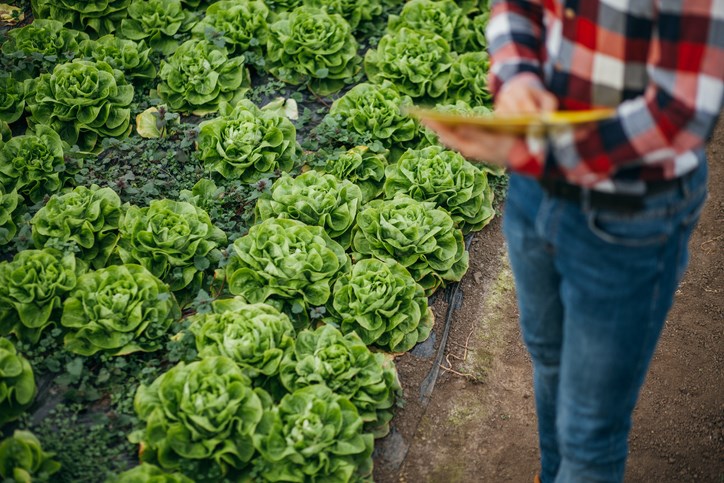The five-year survey of the Alberta greenhouse industry shows the value of vegetable exports grew tenfold during the period ended 2019.
Exports climbed from $415,000 to $4.5 million while imports grew from $20.6 million to $26.9 million
Increased exports shaved over $4 million from the negative trade balance.
The greenhouse industry has 404 acres under cover with almost 1,300 full time employees and 1,850 part time workers
Greenhouses hire foreign workers from Central America, Europe and the Caribbean with 54 per cent of the 191 operations saying they face a shortage of skilled workers.
Alberta, with five per cent of Canadian greenhouses, is fourth behind Ontario with 62 per cent, B.C with 19 per cent and Quebec with 10 per cent.
Only seven per cent see cannabis as a possible future crop, although many eastern vegetable operations have converted to cannabis in the last two years
Vegetables, mainly cucumbers, tomatoes, and peppers, account for 46 per cent of crops with 42 per cent in floriculture and 12 per cent in tree seedlings.
Value of tomato production was up 35 per cent to $13.9 million in five years; cucumbers value increased 102 per cent to $31.3 million while peppers value was up 55 per cent to $1.6 million.
Thirty-nine per cent of operators increased production in the last year with 31 per cent cutting production.
Sixty-six per cent use biological pest controls with 18 per cent using bumble bees as pollinators.
Ninety-six per cent declared their operations are environmentally friendly with 81 per cent recycling plastics or containers and 85 per cent composting.
Almost one in three uses LED lighting with most (56 per cent) still using high sodium lights.
Twenty-nine per cent have issues obtaining insurance.
Business threats in the next five years include energy costs, 22 per cent; labour shortages, 13 per cent; markets, 22 per cent; taxes and red tape, 21 per cent; imports, nine per cent; currency changes, four per cent.
Forty-five per cent expect business opportunities to develop in the next five years. Opportunities are led by non-traditional products, 61 per cent; buy local movement, 22 per cent; and exports, 10 per cent.
Only 35 per cent use drip irrigation with 43 per cent still using hand watering. Only 29 per cent recycle water.
Thirty-two per cent use dugout water with 37 per cent using city water.
Natural gas is still the main source of energy with an annual $14.4 million bill. Average cost of heating is 82 cents per square foot.
Ron Walter can be reached at [email protected]



-crop2.png;w=120;h=80;mode=crop)
